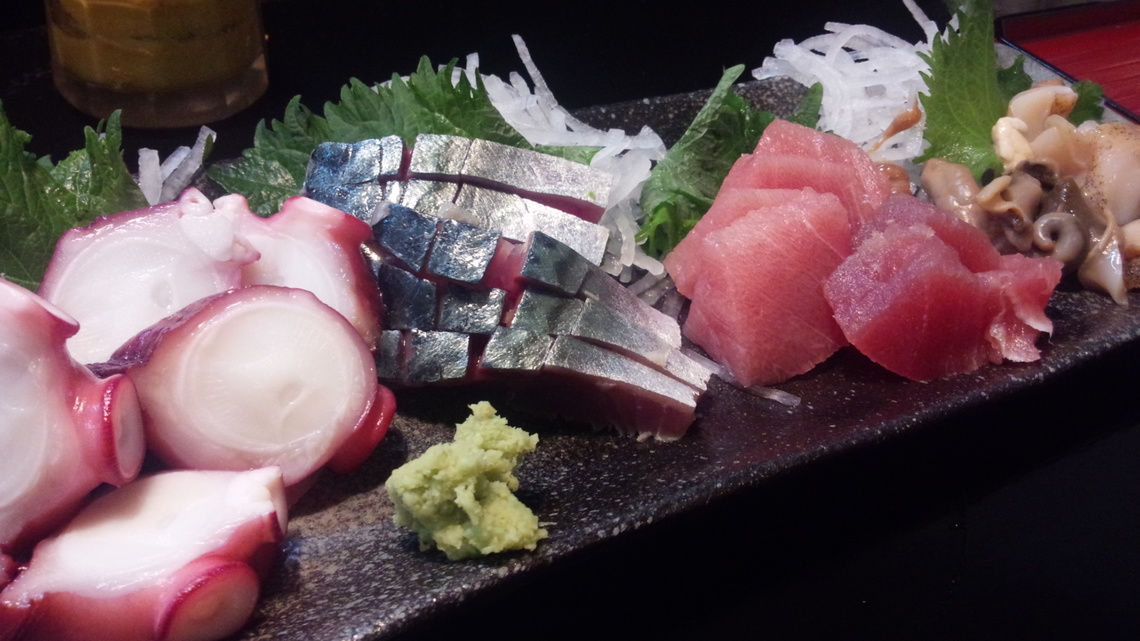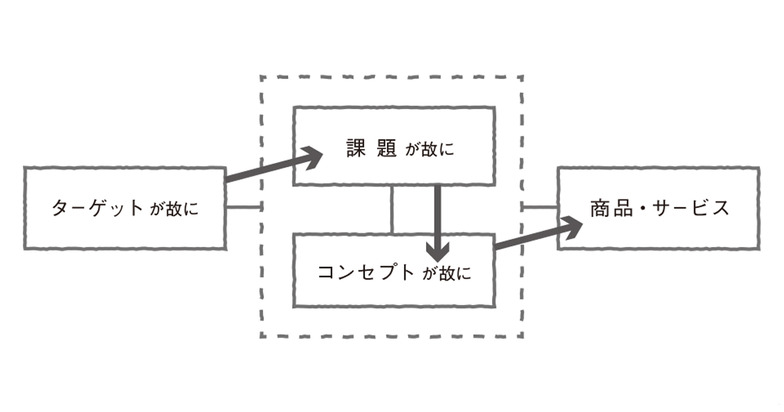One reason I'm glad I joined Dentsu Inc. is "Tsukiji Market." It's ancient history now, but on Saturday mornings at 7 AM, about six of us would gather in front of Tsukiji Honganji Temple. Our friendly local yakitori spot would take us to the "market floor" (the professional area), where we'd buy the freshest flounder, monkfish, sea urchin, mackerel, and more. Then we'd borrow the yakitori shop's kitchen for a cooking extravaganza. We'd learn things like "You fillet flounder into five pieces" or "For marinated mackerel..." while prepping the dishes. By the time the noon bell rang, we'd be toasting. Sashimi with sake, grilled fish with wine. Just reminiscing about it makes me realize what a luxurious party it was.
Even beyond such special occasions, this fish market has truly been a lifesaver. While its relocation is set for this November, I sincerely hope the warm-hearted culture of this town endures for years to come.

Today's delicious sashimi from the yakitori shop
I remembered at the market that there's a term called "market-in." It means "a method that prioritizes consumer needs in developing products or services," right? This is usually used in tandem with "product-out," which represents "a method that prioritizes the manufacturer's logic and technology."
In the past, the context was often "Manufacturer thinking = Product-out approach is no good! We need to listen more to customer voices = Market-in approach!" However, recently, the argument seems to be growing that "The very dichotomy of Product-out versus Market-in is fundamentally meaningless." The argument goes: "While consumer voices are important, technological innovation can dramatically change the rules of competition. So it's case-by-case." Somehow, that feels like we've come full circle back to where we started.
The limitation of "market-in" as I see it lies in its one-way thinking. Typically, it involves consumer research, analyzing to identify problems, setting a concept to solve them, and then developing concrete measures based on that. This is a linear logic that allows no backtracking, a "because it should be so, it must be so" approach. "Product-out" is similar. It starts with innovative technology and pushes thinking forward in a one-way direction.

The One-Way Nature of Consumer-Centric Thinking
To truly develop a concept (idea) that makes you think, "Why didn't I think of that?", you need that back-and-forth: "Would this move the target audience?", "How should we modify the product/service to make that happen?" Yet, in reality, the vast majority of product development projects (whether product-out or market-in) are designed and executed in a linear flow.
I suspect the root cause is that we simply don't know methodologies beyond linear, correct logical thinking. Come to think of it, both school and work only taught us how to think correctly, objectively, and logically with our brains.
To break this situation, we must understand more ways of thinking that foster innovation. This approach surely involves not just the rational brain, but also harnessing subjective intuition and experience. It's a physical way of thinking that simultaneously achieves both product-out and market-in, rather than progressing one-way from consumer analysis or technology development.
To unravel the full picture of this methodology, I plan to release a new book in March through Asahi Shimbun Publications. Details will follow in subsequent posts.
Enjoy!




